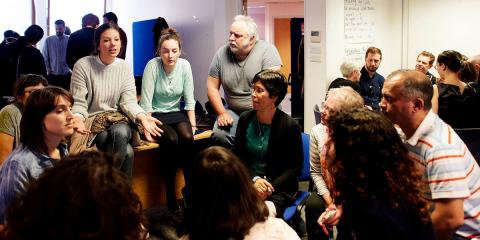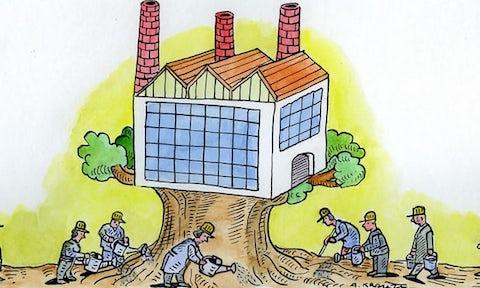Luz Sosa: Take Off the Rose-Colored Glasses about Foxconn
The Cap Times

If Foxconn establishes production in Wisconsin it will be in a highly automated capital-intensive facility that would not create anywhere near the number of jobs being bandied about. CEO Terry Gou clearly stated, "Automation, software and technology innovation will be our key focus in the U.S. in the coming few years.”Here’s reality: Cyber component manufacturing with large numbers of employees has mainly occurred in low-wage, marginally regulated countries.






Spread the word